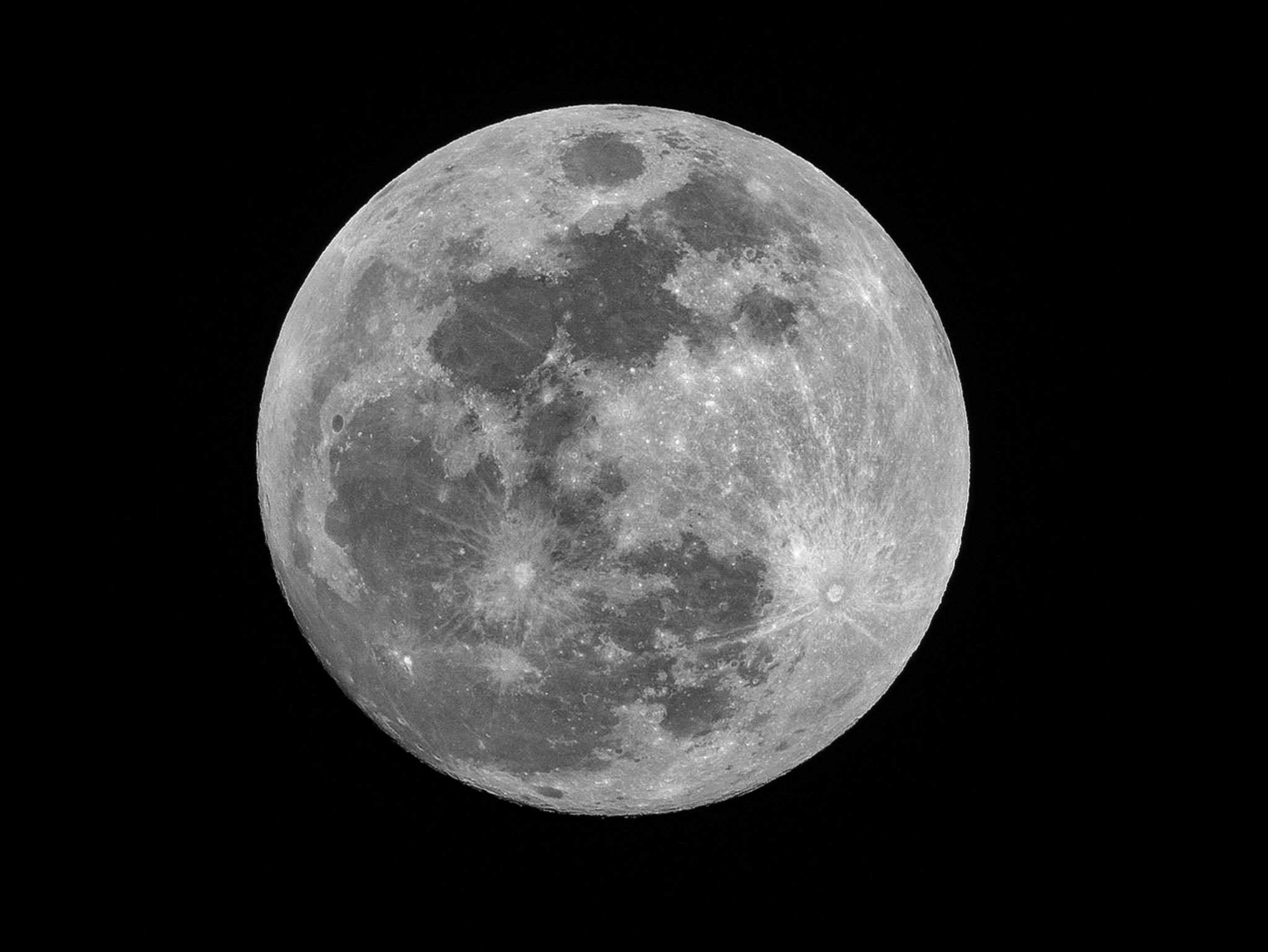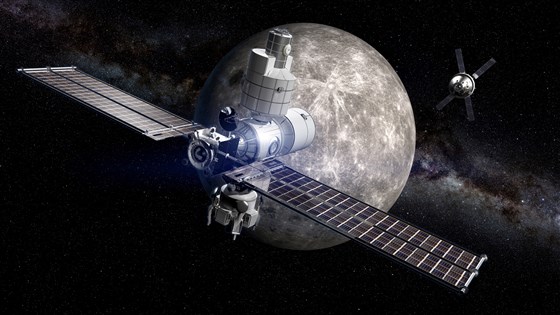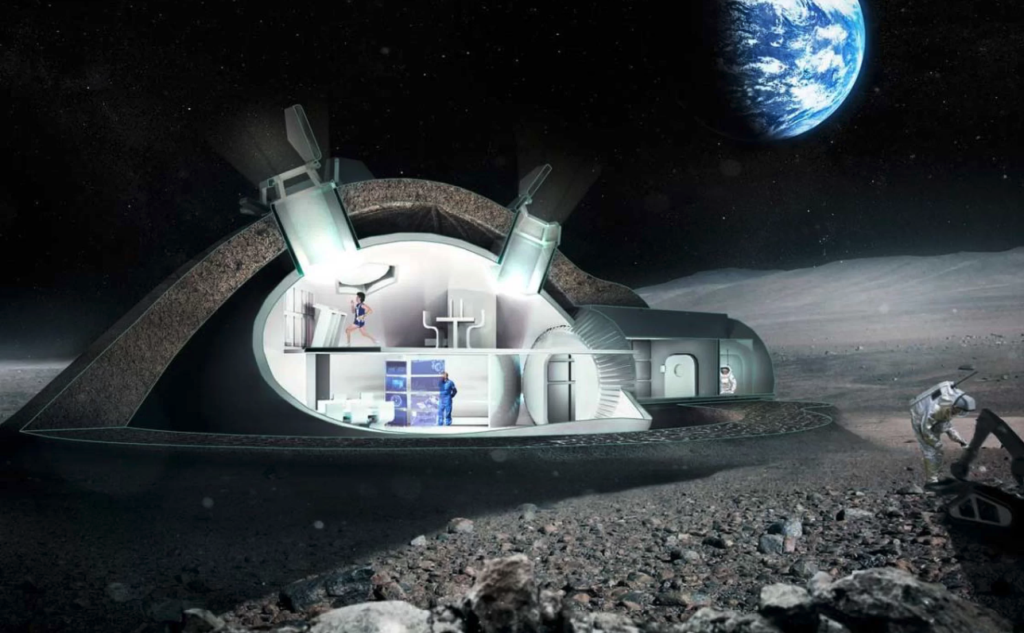NASA’s Plan To Build a Moon-Orbiting Space Station

NASA’s Moon-Orbiting Space Station and Lunar Base
Mankind has not visited the moon since the Apollo 17 mission in 1972. 50 years later, NASA is planning on returning with a moon-orbiting space station and a permanent lunar base.
“We are preparing for our return to the moon and to travel on to Mars, as we continue to help the United States lead the world in exploration and discovery of the unknown,” Jody Singer, director of NASA’s Marshall Space Flight Center in Huntsville, Alabama, said during a 2018 congressional hearing.
There has been a renewed interest in space travel over the past few years, and even more so now, since China has successfully landed a rover on the far side of the moon — a first for any nation.
“We had better get off our duffs, and stop trying to ride the glory [of] lunar exploration of fifty years ago,” Jay Pasachoff, an astronomy professor at Williams College in Williamstown, Massachusetts, told NBC News MACH in an email. “Maybe when a Chinese astronaut is standing on the moon and sending back a video image then our Congress will ask ‘who lost space?'”
Nasa is working with commercial partners and space agencies from other nations to make this concept a reality.
“When we go to the moon, we want to be one customer of many customers, in a robust marketplace between the Earth and the moon,” said Jim Bridenstine a NASA administrator. Nine companies will build rockets and moon landers capable of carrying small payloads to the lunar surface. The companies Bridenstine has in mind include aerospace powerhouses like Boeing and Lockheed Martin as well as obscure firms like New Jersey-based Orbit Beyond and Intuitive Machines of Houston. Over the next decade, NASA wants these commercial firms to help build a privately owned fleet of rockets and spacecraft that can transport anything from science instruments to rovers to astronauts.

The Beginning Stages
In 2023 NASA aims to send astronauts on a trip around the moon aboard the Orion, a modified version of the capsule that carried astronauts to the moon in the 1970’s.
In 2024 another crew would begin building a moon-orbiting space station called the gateway. It would be a downsized version of the international space station with 7 modules used as a waypoint for crewed missions to the surface.
Those crewed missions would happen on bigger and more capable landers starting in 2028, according to NASA. Some companies, including Lockheed Martin and Jeff Bezos’ Blue Origin, are already pitching NASA concepts for reusable landers that could be stocked with supplies and fueled at the Gateway, making them more affordable than their Apollo-era counterparts.
Lunar Bases
NASA has indicated that a lunar base might be left to international and commercial partners once the lunar landers and the gateway are up and running.
The European Space Agency has long promoted the idea of a collaborative, international “moon village” that would serve as a hub for science missions, mining expeditions and even tourism. But such a village remains conceptual for now.
Marcia Smith, a Washington, D.C.-based space policy expert and editor of SpacePolicyOnline.com, said NASA needs concrete plans and the backing of U.S. politicians if it wants to lead an international and commercial coalition back to the moon.
“Getting NASA on a firm plan that everyone’s behind, that the White House and Congress are behind, is the key to making all this happen,” . With out congressional approval and backing it will be difficult for NASA to stick to a concrete plan.
Frank Borman, who famously commanded the Apollo 8 moon mission in 1968, said that could be an uphill battle. “NASA hasn’t been able to define a consistent mission since then,” he told Politico recently. “Every president has advocated for space exploration and none of them have funded it adequately.”
If NASA falters, China may lead the way instead. Andrew Jones, a journalist known for his coverage of China’s secretive space program, said the Asian nation is quietly developing the components needed for crewed missions to the moon, and may even be accelerating that effort.
“While a human lunar program has not been officially approved by the Chinese government — and may not be until all the pieces are in place — it is evident that they are working on the steps necessary to make such missions possible,” Jones said.

